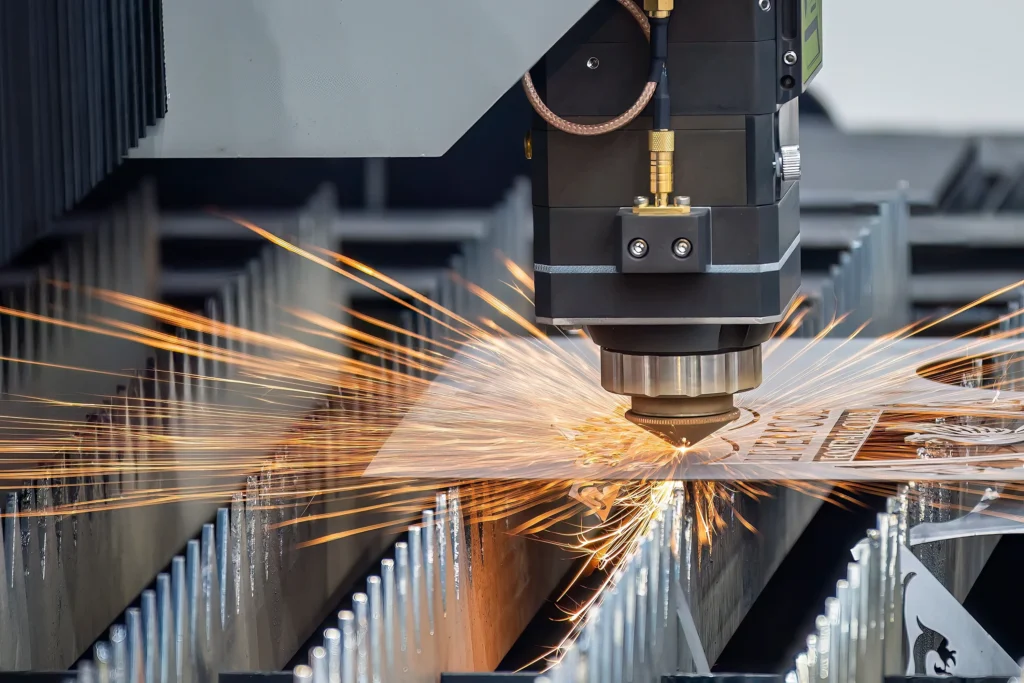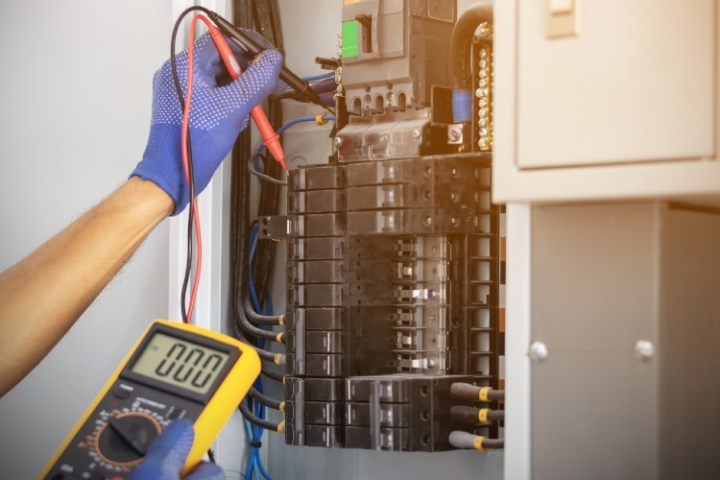
Modern automotive manufacturing is a study in precision, performance, and efficiency. Every component — from the vehicle frame to the smallest reinforcement panel — must be engineered to meet stringent requirements for safety, durability, and weight. Among the materials that make this possible, cold rolled steel sheets play a pivotal role. Known for their smooth finish, dimensional accuracy and superior mechanical properties, steel sheets are the backbone of vehicle body structures across the industry.
Cold rolling is a process in which steel is passed through rollers at room temperature, refining its surface finish and improving its strength and formability. The result is a steel sheet that is thinner, stronger and more consistent than hot rolled alternatives — characteristics that make it ideally suited for the high-performance demands of the automotive sector.
Meeting the Demands of Structural Integrity
In automotive design, steel sheets are essential to forming the structural skeleton of a vehicle. They are widely used in the production of body panels, doors, roof structures, and underbody components — all of which must balance strength with weight. Cold rolled steel sheets offer the tensile strength needed to protect occupants in the event of a collision while allowing manufacturers to keep vehicles lightweight enough to meet fuel efficiency and emissions targets.
These sheets can be precisely shaped to form complex geometries without cracking or thinning, which is critical in high-impact zones such as door frames, floor panels, and crumple zones. This formability ensures that structural integrity is maintained during the stamping and welding processes that dominate automotive assembly lines. Consistent quality from sheet to sheet also allows for greater repeatability, reducing production errors and supporting the industry’s shift toward automation and robotics.
Surface Quality That Supports Coating and Aesthetics
Steel sheets used in automotive manufacturing are not just about what lies beneath the surface. Their clean, smooth finish makes them the material of choice for visible components like bonnets, fenders, and outer panels. The cold rolling process enhances surface uniformity, which helps achieve high paint quality and corrosion protection during finishing.
In addition to improving aesthetics, a smooth steel surface ensures better adhesion of coatings such as zinc (galvanisation), primer and paint. This protective layer is essential for increasing the lifespan of the vehicle by guarding against rust, particularly in regions with harsh climates or high road salt exposure. The excellent surface finish of cold rolled steel sheets also means fewer post-processing steps, resulting in time and cost savings on the production floor.
Strengthening Safety and Performance Standards
As vehicle safety standards continue to evolve, the demand for high-strength materials has only increased. Steel sheets, especially those made from advanced high-strength steel (AHSS), are at the forefront of this movement. By enhancing crash performance without significantly adding weight, AHSS steel sheets allow manufacturers to meet safety benchmarks while supporting overall vehicle performance.
These steel sheets are commonly used in critical reinforcements, such as roof rails, side impact beams, and pillar structures. They help absorb impact energy and distribute forces across the vehicle frame, protecting passengers during collisions. At the same time, their lightweight profile contributes to better handling, acceleration, and fuel efficiency — all vital factors in consumer purchasing decisions and regulatory compliance.
Enabling Innovation in Design and Engineering
The versatility of steel sheets has made them a key enabler in modern vehicle design. As car manufacturers move toward sleeker profiles, electric powertrains, and modular platforms, they need materials that can be adapted to new manufacturing processes and tighter tolerances. Steel sheets deliver on all fronts.
For electric vehicles, which often have unique structural demands due to battery placement and thermal management, cold rolled steel sheets offer a reliable solution that supports innovation without compromising safety. They are also compatible with new joining techniques such as laser welding and adhesive bonding, which are becoming more common in lightweight and multi-material vehicle platforms.
With the growing adoption of digital design and simulation tools, engineers can now model how steel sheets will behave during manufacturing and use, allowing them to optimise shapes, thicknesses and material grades well before physical prototyping begins. This accelerates development timelines and leads to smarter, more cost-effective manufacturing decisions.
A Sustainable Choice for the Automotive Future
Steel remains one of the most sustainable materials available to automotive manufacturers. Not only is it widely recyclable, but the production of modern steel sheets has become increasingly energy-efficient, with lower emissions and higher yields. As manufacturers work toward circular economy goals and reduced environmental impact, steel sheets offer a proven pathway to meet both performance and sustainability targets.
From structural reinforcements to sleek body panels, cold rolled steel sheets continue to shape the automotive world — quite literally. Their strength, formability and precision are essential to building the cars of today and innovating for the vehicles of tomorrow. As the industry moves toward lighter, safer and more sustainable mobility solutions, steel sheets remain at the centre of automotive manufacturing excellence.





More Stories
The Ultimate Guide to Using Carpet Protection Film at Home
A Complete Guide to Finding the Right Interior Design Firms in Los Angeles
Electrician cedar park: How to Prepare Your Home for an Electrical Inspection